Ask Ethan: How Many Galaxies Have Already Disappeared From Our Perspective?

Dark energy tells us that the Universe’s expansion is accelerating. Here’s what that means for our disappearing Universe.
One of the biggest surprises for humanity about the Universe is that space isn’t just expanding, but that expansion is accelerating. The farther a distant galaxy is from us, the faster it appears to recede away, and that recession speed appears to speed up over time. At some point, you’d imagine, these galaxies would move away from us faster than the speed of light, meaning that not only could we never reach them, but that we won’t even be able to see them anymore! Is this true, and what does it mean? That’s this week’s Ask Ethan question, courtesy of Dan Kien, who asks:
So how many earth observable galaxies have dropped out of sight? That is, how many galaxies (with the highest redshift) have disappeared from our point of view?
Depending on what you mean by “disappeared,” the answer could either be none of them, or almost all of them. Let’s dive in and see what we’re talking about.
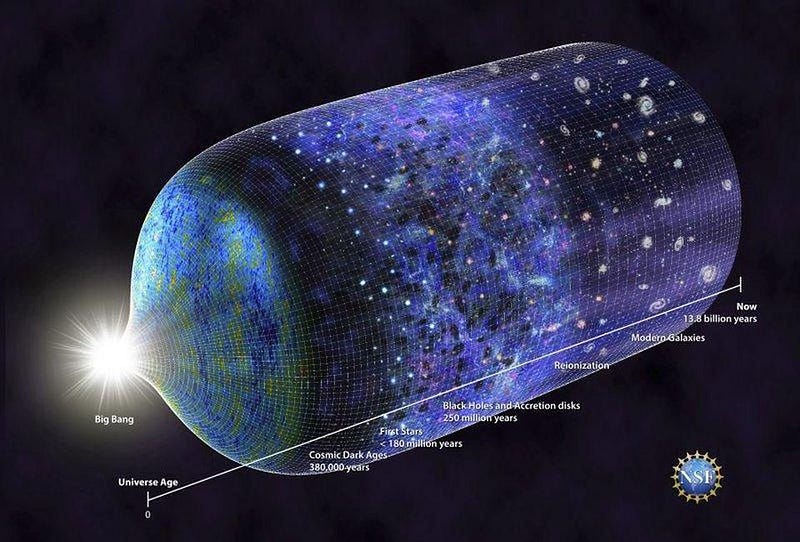
The way we see a galaxy at all is because it:
- forms stars,
- which create light,
- which travels through the Universe,
- which itself is expanding,
- until it reaches our eyes.
Seems like a straightforward enough scenario, right? So when we look out at the Universe, we’d expect that we’d be able to see all the galaxies that there are. Except, that is, for the fact that we can’t.
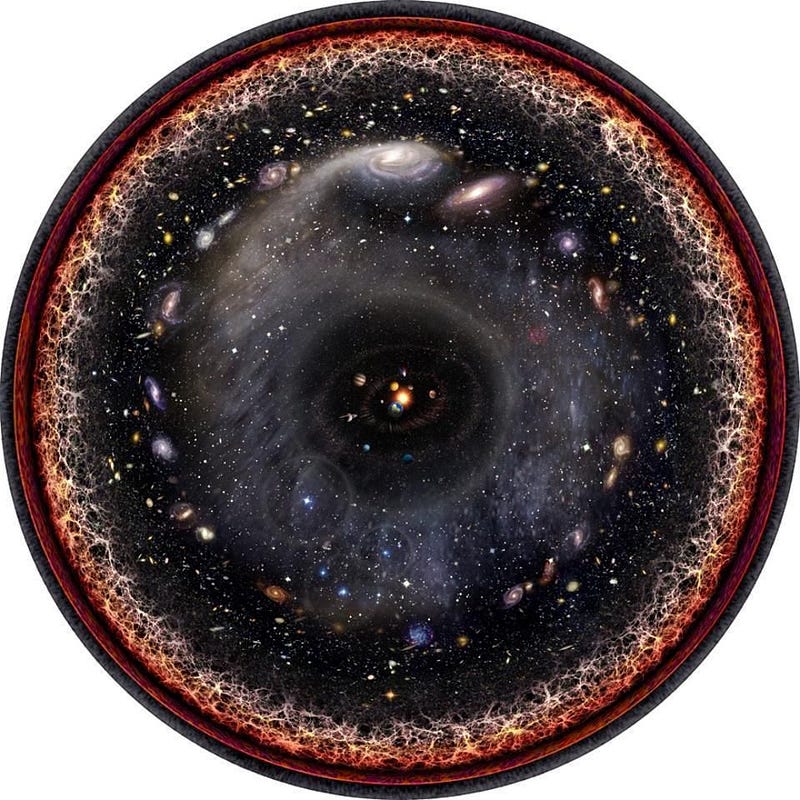
The first reason is simple enough: the Universe has only had a finite amount of time to do all of this. The Big Bang gave birth to the Universe as we know it some 13.8 billion years ago, with the first stars forming between a few tens to a few hundreds of millions of years afterwards. Right now, that earliest light is just arriving at the eyes of humans and our most sophisticated instruments after a tremendous journey across intergalactic space. As time goes on, the light from ever-more-distant galaxies finally arrives. Even in an expanding Universe, there are distant galaxies whose light will finally come into view.
But not every galaxy is visible. Our Universe has expanded based on what’s in it: a mix of radiation, neutrinos, normal matter, dark matter, and dark energy. Over the history of the Universe, that means light can arrive from distances as great as 46 billion light years away.
Of course, that doesn’t mean an object that’s 46 billion light years away today is going to emit anything that we can ever see. It means that if an object emitted light 13.8 billion years ago, from a very small distance away, that light would be arriving now, 13.8 billion years later, and that the object that emitted it would today be 46 billion light years distant. That’s the limit of how far we can see in the observable Universe.
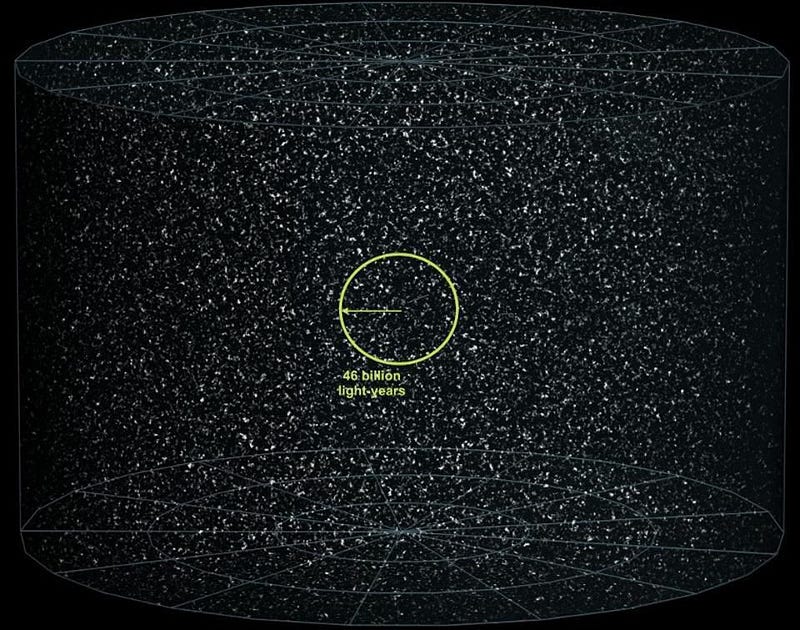
All told, this means there are approximately 2 trillion galaxies for us, in principle, to observe. This is a greater number than there have ever been, and as time goes on, more will be revealed. All the galaxies we have ever been able to observe, so long as they still have stars, are still in principle able to be observed, plus new ones. Even the fact that the Universe’s expansion is accelerating doesn’t change that. Once light arrives from a distant object, so long as that object continues to emit photons, the expansion of the Universe cannot stop them from arriving. In that regard, zero galaxies have dropped out of sight.
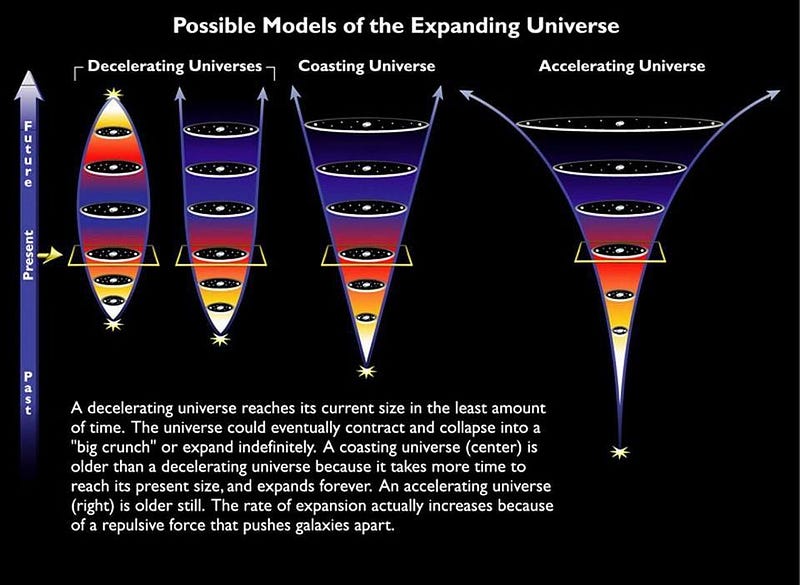
But what the expansion of the Universe will do, especially since the expansion is accelerating, is the following two things:
- It means that there is a limit, in the future, to how far away we will ever be able to see distant objects.
- It means that there is a limit today, and that limit changes over time, to how far away a galaxy can be today and still send new light to us.
Today, the farthest away we can see is 46 billion light years: the current visibility limit. We can calculate the future visibility limit as well, and we find it’s about 33% greater than the current one: 61 billion light years away. Based on how volumes work, this means we will someday have a total of around 4.7 trillion galaxies to view, as given enough time, that ultra-distant light will someday arrive.
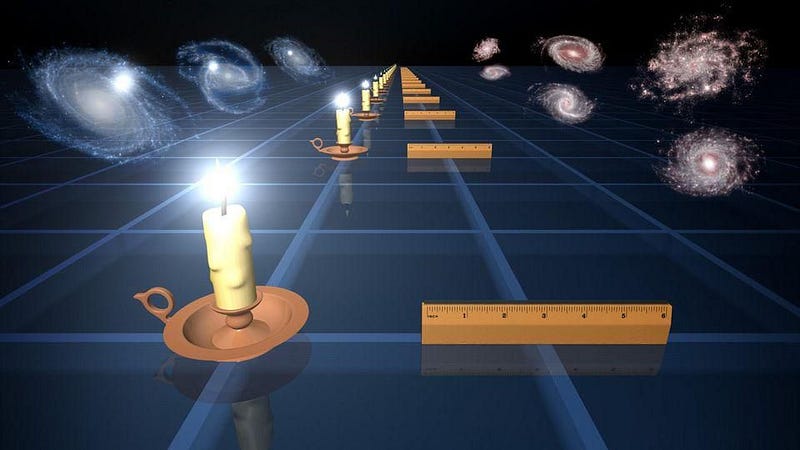
But this is overwhelmingly light that, from our perspective, was already emitted billions and billions of years ago. When we look to the distant Universe, we’re not only looking back in time, we’re often looking at galaxies that are already gone. By that, we mean that the light these galaxies are emitting today, 13.8 billion years after the Big Bang, will never reach us. You see, the Universe is expanding, and the expansion is accelerating. A distant galaxy not only seems to recede from us today as the fabric of space stretches, but it will appear to recede faster and faster as time goes on. Right now, galaxies beyond a distance of approximately 15-to-16 billion light years from us are already receding away faster than the speed of light.
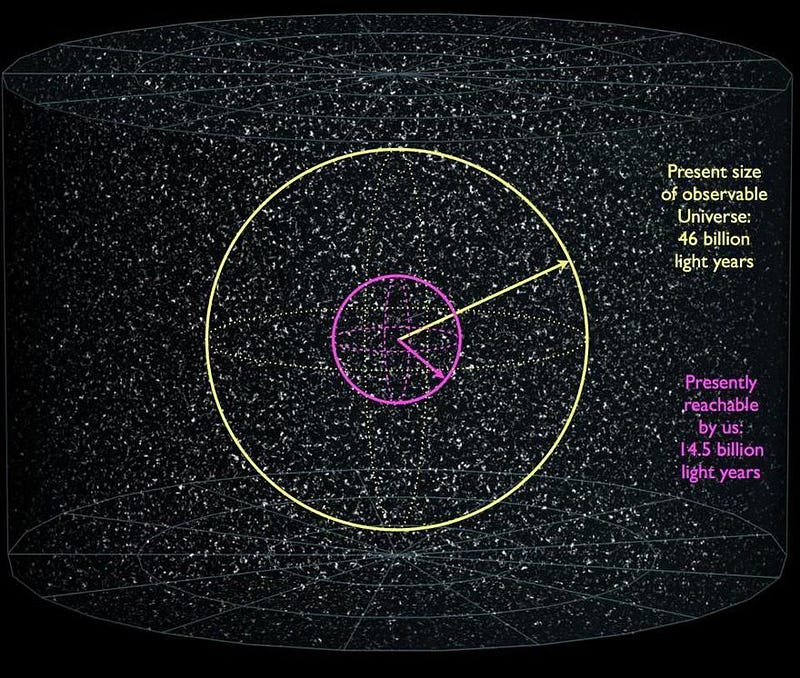
This means that even if we left today, in a spaceship that moved arbitrarily close to that ultimate speed limit, we could never reach those galaxies. It means that the light we generate today can never reach them, and the light that they generate today can never reach us. Under that line of thinking:
- 96.7% of the galaxies that we can observe today are already gone.
- 98.6% of the galaxies that we will ever observe are already gone.
- And only, roughly, 66 billion galaxies are still reachable by us today.
In other words, in the future, we will have a total of 4.7 trillion galaxies to view. And 4.634 trillion of them are already forever unreachable, even at the speed of light.
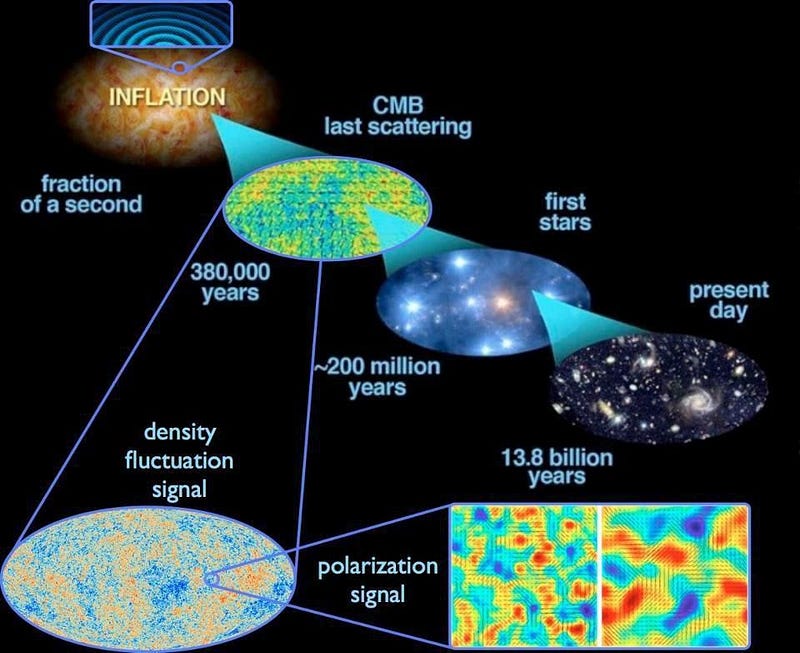
This is a problem that will get worse as time goes on! Right now, if we assume that each of the 66 billion galaxies has as many stars as the Milky Way does — 400 billion — this means that there are approximately 60,000 stars that disappear from our view with every second that goes by. That’s 300,000 stars just in the time it took you to read this sentence. And another 200,000 with this one. We’ll still be able to see their old light, from before the Universe was as old as it is now, but any new light they create from this point forward will never reach us. And no matter what we do from this point forward, we’ll never affect them any further.
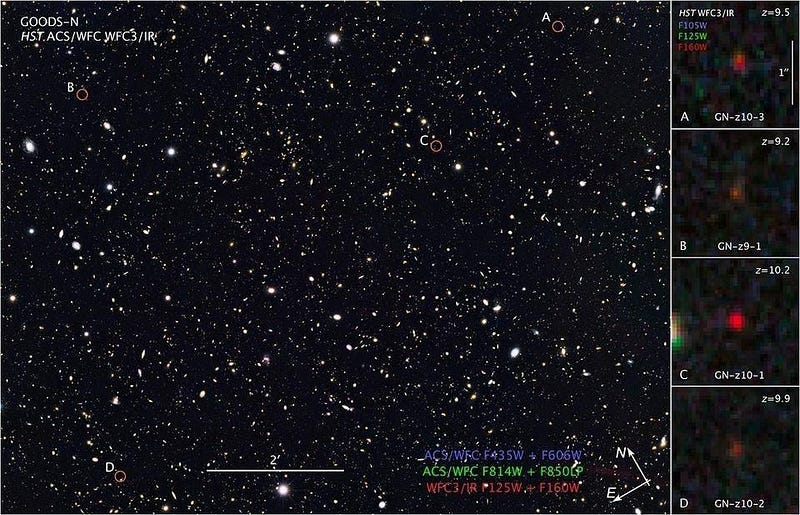
There’s still plenty of Universe left to explore, of course. We can still see the most distant galaxies, even the ones we can no longer reach, simply by looking at their old, ancient light as it arrives. But with every moment that passes, less and less of the Universe becomes accessible to us. Even with arbitrarily advanced technology, over 98% of all the galaxies we’ll ever see are already beyond our reach. And with every year that goes by, approximately five entire galaxies cross over that threshold from being reachable to no longer being reachable. I can think of no greater motivation to invest in reaching for the distant stars and galaxies than the one the Universe gives us itself: the things we can reach are forever disappearing. With every moment of inaction, another distant chance at making contact disappears.
Send in your Ask Ethan questions to startswithabang at gmail dot com!
Ethan Siegel is the author of Beyond the Galaxy and Treknology. You can pre-order his third book, currently in development: the Encyclopaedia Cosmologica.




